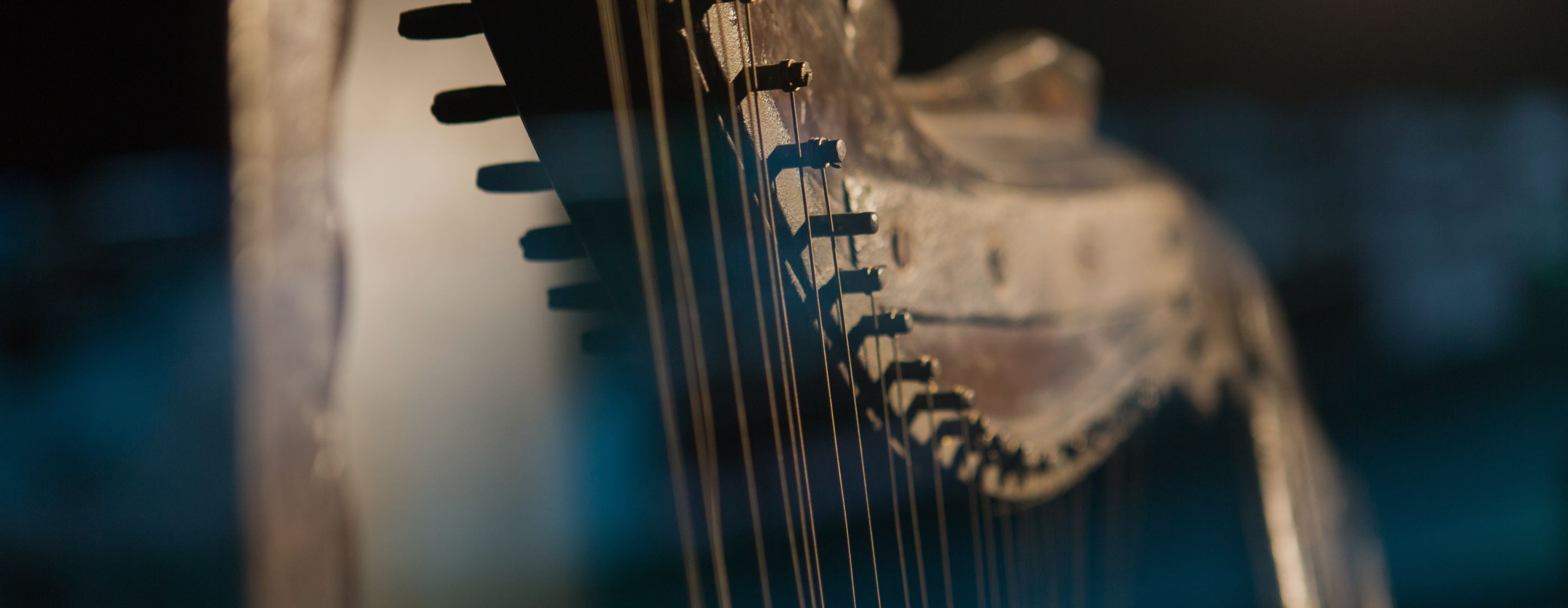THE STORY OF GUINNESS
JOURNEY THROUGH GENERATIONS OF GUINNESS INNOVATION

THE STORY OF GUINNESS
Guinness originated on a four-acre brewery site in the heart of Dublin city. Here we trace its development from these humble beginnings into what was, at one point, the biggest brewery in the world.
The story of Guinness begins with Arthur Guinness, the original Master Brewer and pioneer at Guinness. His craft has been passed down from generation to generation and continues to inspire today.
ARTHUR GUINNESS
Arthur Guinness was born in 1725 near Celbridge, County Kildare. His father, Richard Guinness, was land steward for the Rev. Dr Arthur Price, Archbishop of Cashel. The supervision of the brewing of beer for workers on the estate was part of his father’s duties and this is likely where Arthur was first introduced to the art of brewing.
Arthur was named for the archbishop and was handsomely remembered in his will. Arthur used his £100 bequest to establish a small local brewery in nearby Leixlip with his brother. Arthur set his sights on the capital city of Dublin four years later, signing the now-legendary lease for a former brewery at St. James’s Gate.
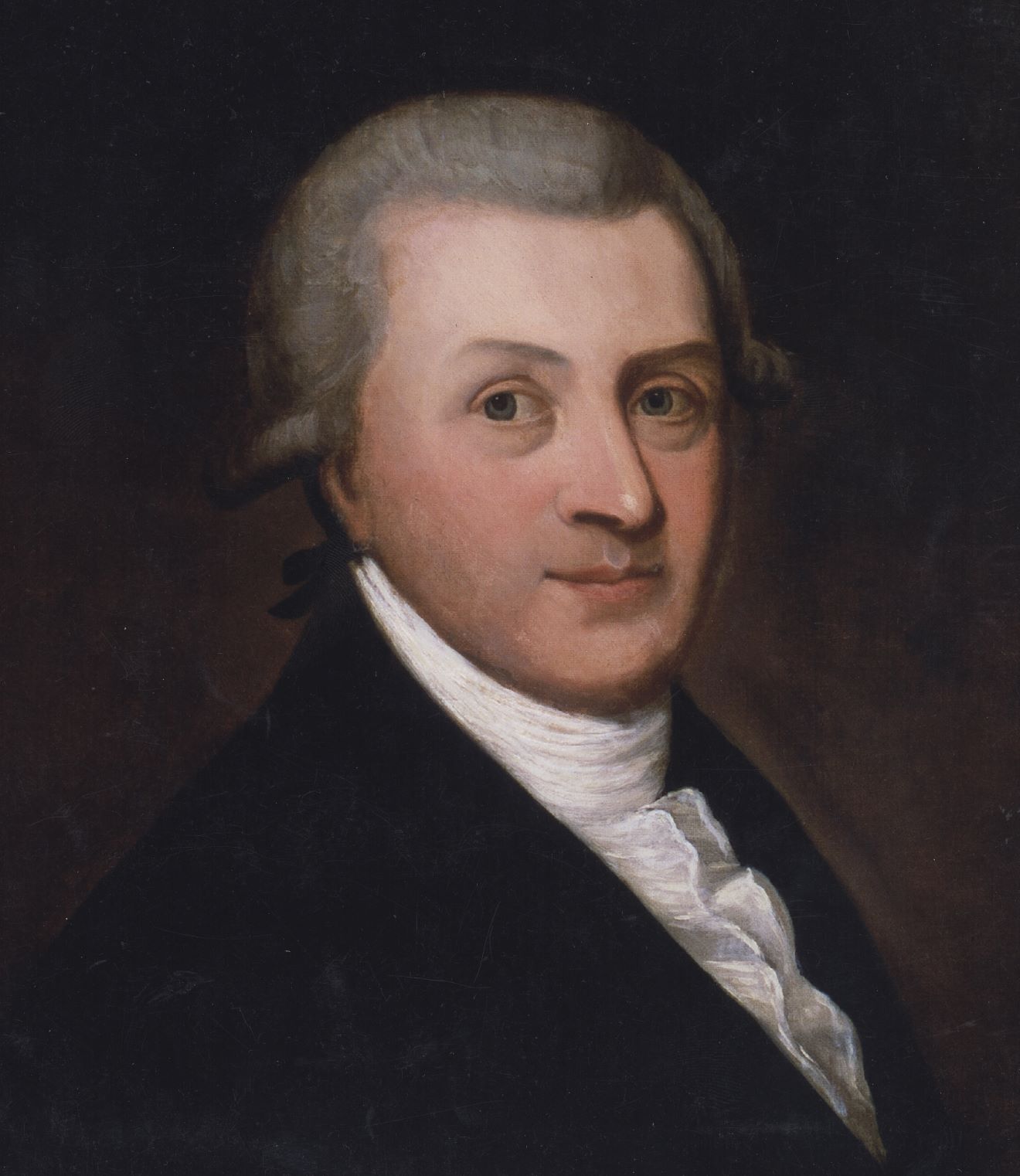
Arthur Guinness was just 34 when he signed the iconic 9,000-year Guinness lease, on a then-disused brewery site on 31 December 1759 for an annual rent of £45. It was here on this four-acre site where Arthur would hone his craft and build the global brand that Guinness is today.
Arthur began by brewing ale and quickly built up a successful trade and, in the 1770s, he began brewing a new type of English beer – called porter.
GUINNESS GOES GLOBAL
The first known export of Guinness left Dublin port on a ship bound for England in 1796, a pivotal moment in bringing Guinness to the global stage. Arthur’s porter was so successful that, in 1799, he brewed his last ale and decided to concentrate solely on porter, the now-famous black stuff.
West India Porter was first brewed in 1801, designed to withstand long sea voyages with a higher hop and alcohol content. The brew is evidence of Arthur’s commitment to innovation in creating different variants for diverse markets. The first international shipment to the Caribbean arrived in Barbados in 1822.
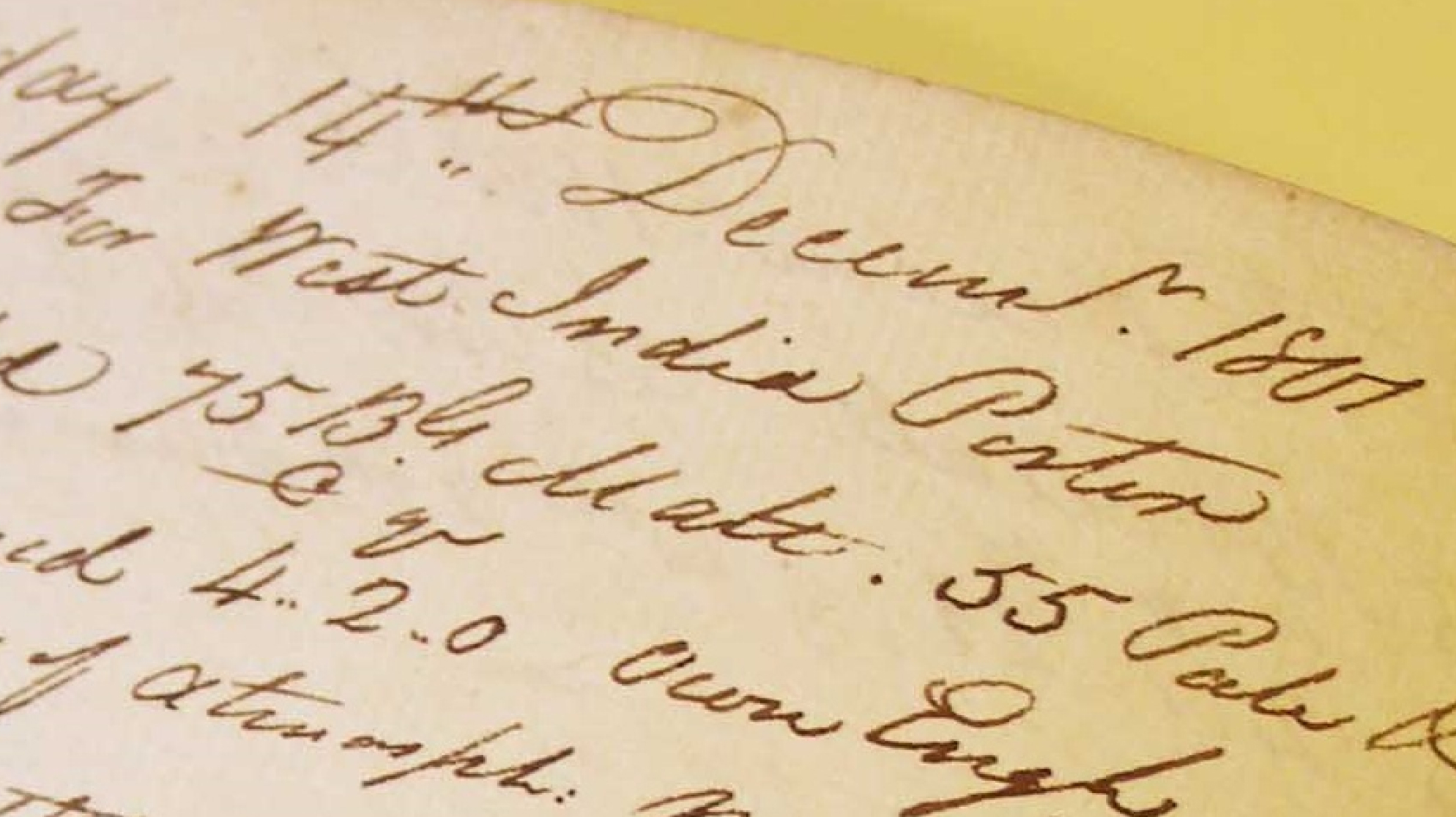
West India Porter evolved over the years, both in recipe and name, becoming Guinness Foreign Extra Stout in 1849. Guinness Foreign Extra Stout remains the most popular variant of Guinness in Asia, Africa, and the Caribbean to this day.
Guinness’ global expansion increased rapidly over the course of the 19th century and, by 1880, St. James’s Gate was the largest brewery in the world.
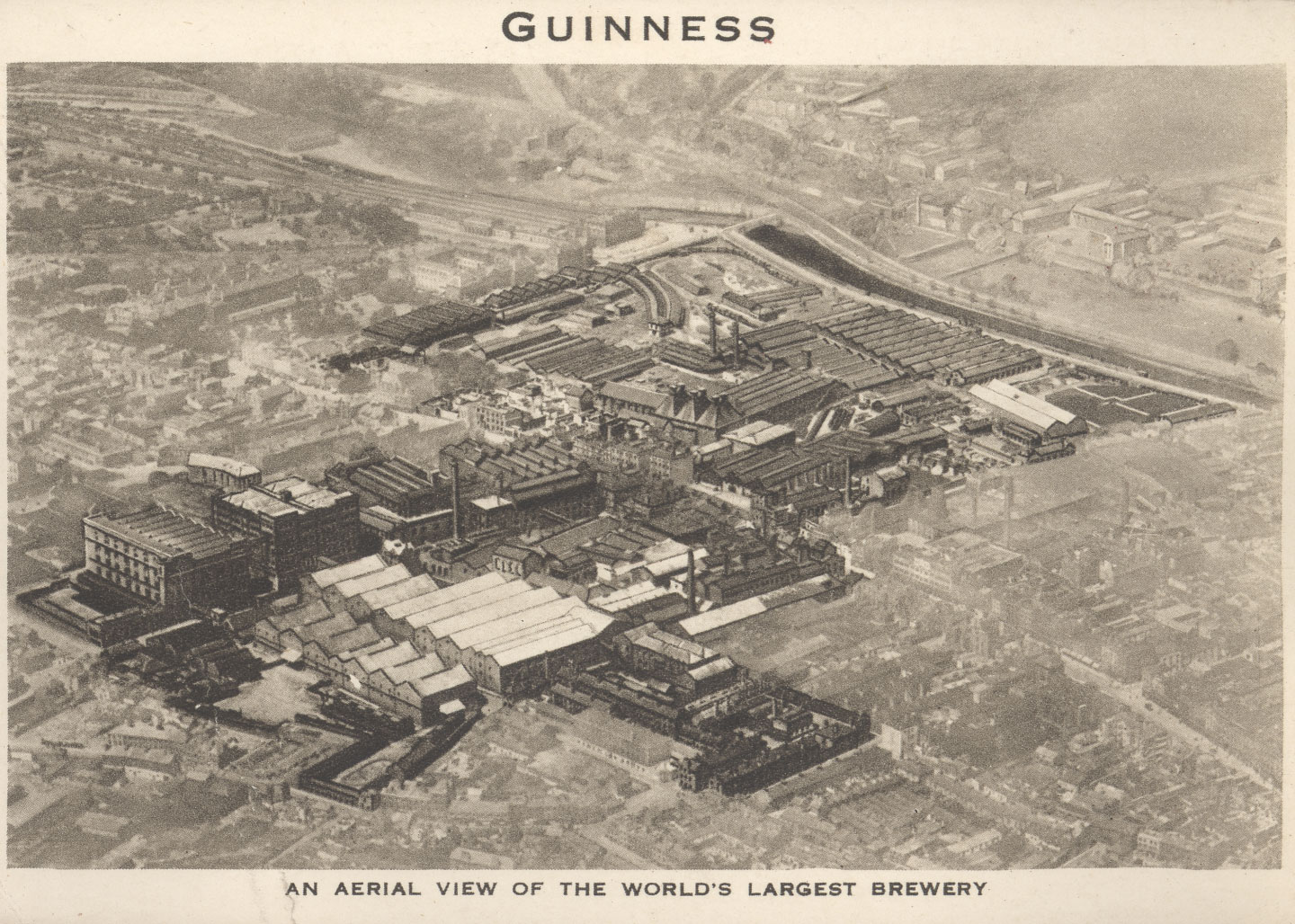
FORGING AN IDENTITY
The growth in popularity of Guinness presented an opportunity to clearly identify it as a quality product. Today, Guinness is widely recognised by its iconic branding.
There are three core elements of the Guinness trademark label — the Arthur Guinness signature, the harp and the Guinness wordmark. The label was first introduced in 1862 and trademarked in 1876.
Guinness chose a distinctly Irish symbol for the core of its identity – the harp. The harp has been a heraldic symbol of Ireland since the 13th century. The Guinness harp emblem is based on the famous 14th-century ‘Brian Boru harp’, which remains on display at Trinity College Dublin today.
The Irish Free State adopted the same harp as its emblem when it separated from the United Kingdom in 1922. The sole difference is that the State had to face the harp in the opposite direction to avoid infringing on the Guinness trademark. The state symbol appears on the cover of Irish passports and the back of Irish coins.
Guinness continues to travel the world today, proudly displaying its heritage and identity through the harp on each label. Showing that home is truly where the harp is.
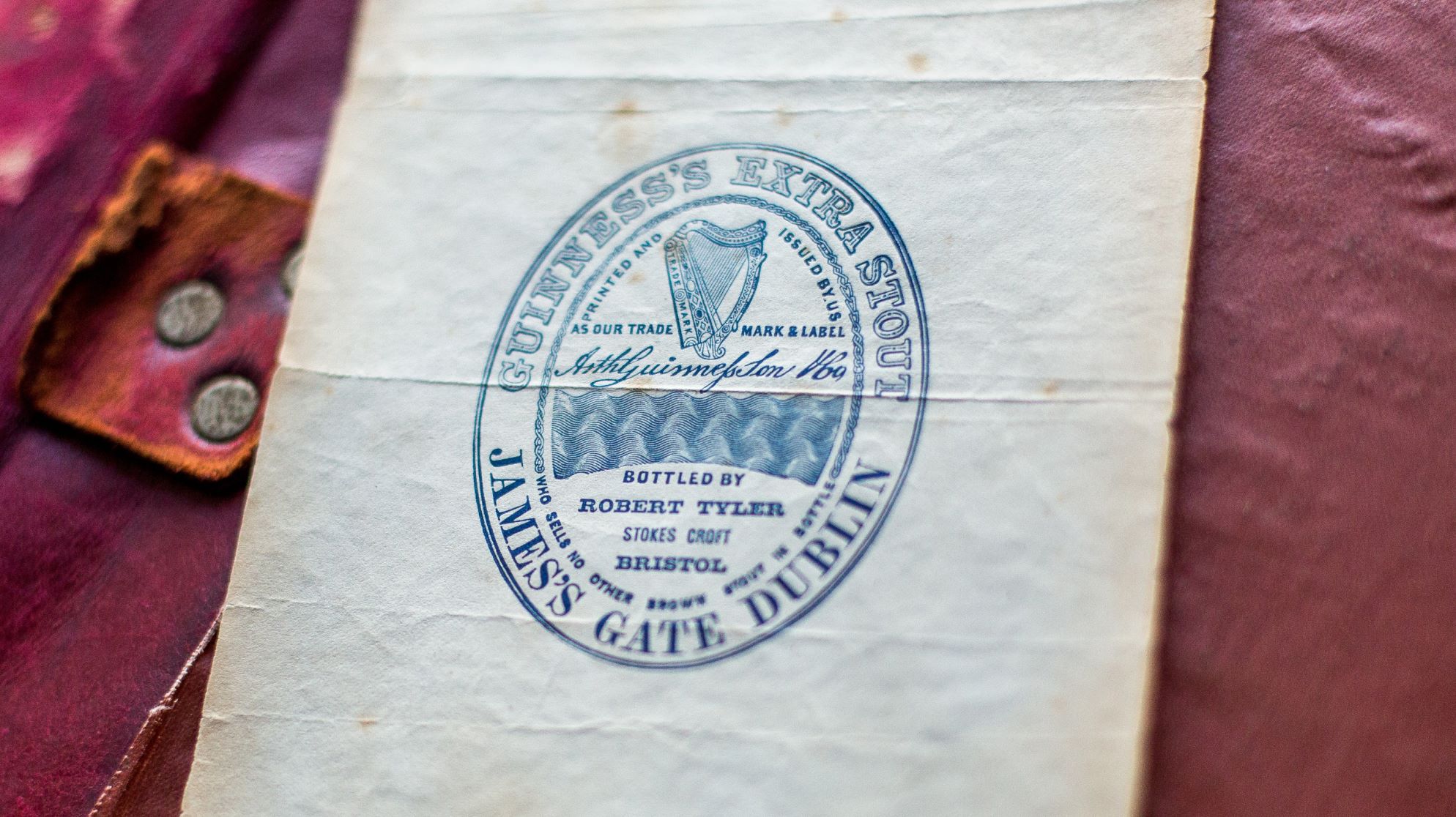
THE GUINNESS SURGE
The mid-twentieth century saw a growth in popularity of draught beer as a cold alternative to bottled beer. Guinness committed to creating an innovative solution to compete in the draught market.
Michael Ash, a mathematician turned brewer, was the man with the vision to make the surge of Guinness Draught a reality. Ash masterminded the idea to use nitrogen to transform the beer, paving the way for the pint of Guinness we know and love today. The world’s first nitrogenated beer was launched in 1959 and found immediate success.
The next challenge to conquer was bringing the Guinness Draught experience into the home. Guinness Draught in can was launched in 1988, breaking more barriers in technology with the innovative ‘widget’. This ground-breaking invention in beer packaging proved to be so popular that the widget went on to win the Queen’s Award for Technological Achievement in 1991.
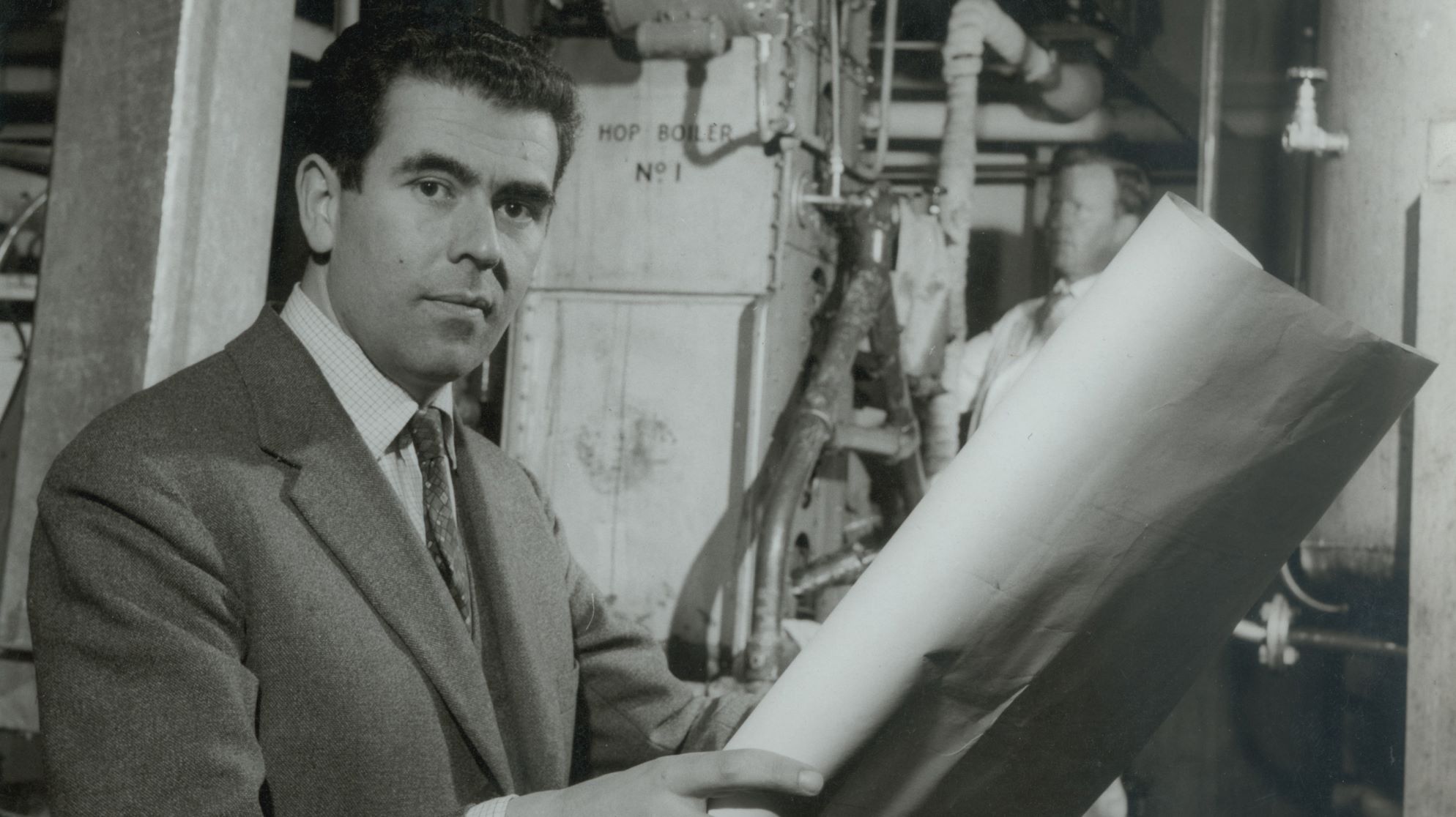
ALWAYS EVOLVING
Progress at Guinness is never static and the brand continues to innovate into the twenty-first century. The Guinness Storehouse opened at the dawn of the millennium in 2000 and the brand home has grown to become one of Ireland’s most popular visitor experiences. The St. James’s Gate brewery site is ever changing - opening state-of-the-art brewhouses, developing more sustainable approaches to production and enhancing capacity to meet demand.
Guinness has introduced new award-winning technologies, such as NitroSurge and MicroDraught, and is continuously working on the next phase of ground-breaking research to improve the Guinness experience. The brand has come a long way since Arthur Guinness first signed that 9,000-year-lease but it is evident that Arthur’s innovative spirit is alive and well.
